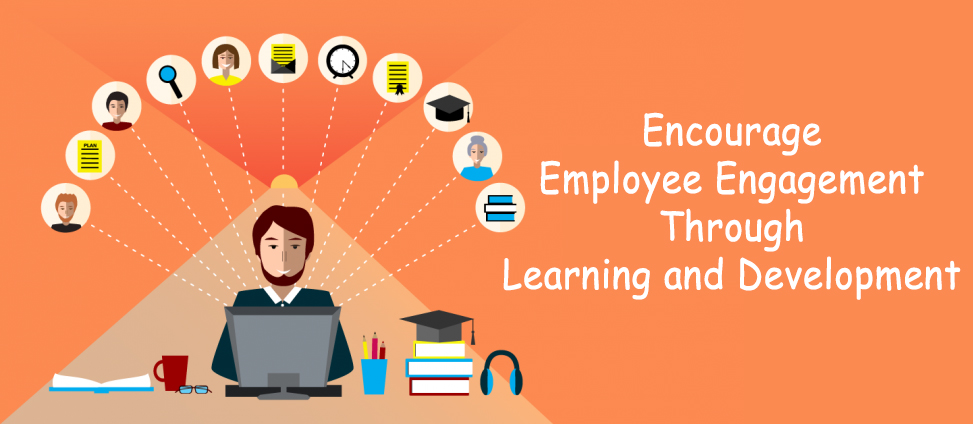
How Can Learning And Development Professionals Boost Engagement?
Learning and Development professionals play a crucial role in ensuring that learners are engaged and motivated throughout their learning journey. Engaged learners are more likely to complete their training, retain information, and apply what they have learned in real-world settings. Here are four examples of things L&D professionals can do to increase learner engagement.
Create Meaningful Learning Experiences
Learning and development professionals can create meaningful learning experiences by considering the following approaches. They can incorporate active learning strategies that involve learners in the learning process by encouraging them to participate in discussions, simulations, case studies, and other activities. This can make the learning experience more engaging and relevant to the learners’ needs and interests.
The use of multimedia resources such as videos, animations, infographics, and interactive presentations can also increase learner engagement. These resources can help learners visualize and understand complex concepts more easily, leading to better retention of information.
Feedback and assessment can be used to reinforce learning and provide learners with a sense of progress and achievement. Regular and timely feedback on learning outcomes can help learners understand where they need to improve and motivate them to continue learning. By incorporating these approaches, learning, and development professionals can create meaningful learning experiences that are engaging, relevant, and impactful.

Gamification
Gamification is the process of incorporating game elements into non-game activities to make them more engaging and motivating. L&D professionals can use gamification techniques to increase learner engagement by incorporating game elements such as points, badges, and leaderboards into the learning experience. Gamification can also involve the use of storytelling, simulations, and scenarios to make the learning experience more interactive and immersive. By incorporating game elements into the learning experience, L&D professionals can make the content more fun and engaging and promote active participation and learning.
Personalize Learning
Personalization is another way to increase learner engagement. L&D professionals can use learning management systems like Thinqi.com to deliver training that is tailored to each learner’s needs and preferences. For example, an LMS can use data analytics to track learners’ progress and provide personalized feedback and recommendations. L&D professionals can also create personalized learning paths based on the learners’ job roles, skill levels, and learning styles.
Promote Social Learning
Social learning is a theory that explains how individuals learn by observing and imitating others. It involves the acquisition of knowledge and skills through interactions with others, such as collaboration, communication, and sharing ideas. In the context of learning and development, social learning can be promoted by encouraging learners to participate in group activities, discussions, and online communities. This approach can help to increase learner engagement by providing opportunities for learners to connect with others and learn from their experiences.
Learning and development professionals can adopt a range of strategies to promote social learning and increase learner engagement. For example, they can create collaborative learning environments encouraging learners to collaborate and share their knowledge and ideas. This could involve setting up online forums, chat rooms, or discussion boards where learners can interact with each other and exchange information. They can also encourage learners to participate in group activities, such as role-playing exercises or problem-solving sessions, where they can work together to solve real-world problems.


























